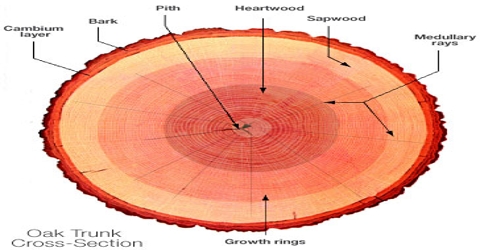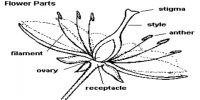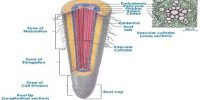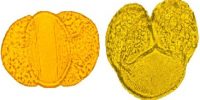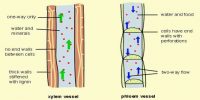Pith (Medulla): Pith is moderately huge and prominent, composed of parenchymatous cells and is placed at the center. It is composed of soft, spongy parenchyma cells, which store and transport nutrients throughout the plant. In several stems, the vital part of the pith is damaged during growth, but the pith in nodes will be retained. It is in the focal point of a plant and is gotten from the phloem, however, it does not have the vehicle properties of phloem. It is still not rather clear if the pith in root and stem is the same. The pith cells primarily serve as a storage tissue. It is a tissue in the stems of vascular plants. It is the tissue that is located in a plant’s stem and roots.
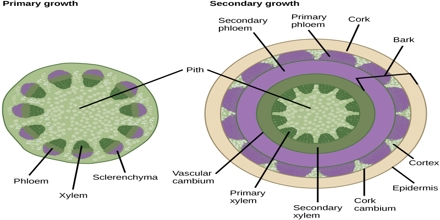
Formation: The pith of young stem contains chloroplast whereas the older stems hold profuse leucoplast. Pith is composed of soft, spongy parenchyma cells, which store and transport nutrients throughout the plant. It is made up of distinctive parenchyma cells. The cells are large but have thin walls. In monocots, it extends also into flowering stems and roots. New pith growth appears white but as it matures it usually turns brown.
Function: The pith functions by transporting nutrients throughout the plant and storing nutrients within its cells. Basically, the function of pith is to store nutrition, at the same time, its parenchymatous eminence enables it to take accountability of transporting nutrients to outer tissues in the plant.
- Pith, or medullary, rays function to transport sap through the wood. They are a key component of tylosis, a physiological process by which wooded plants heal an injury.
- The main function is the storage of food. The pith functions by transporting nutrients throughout the plant and storing nutrients within its cells. The cells of the pith readily fill up with nutrients and water and swell.
- Another function of the pith of a plant is to provide support to a large plant that is undergoing secondary growth.
